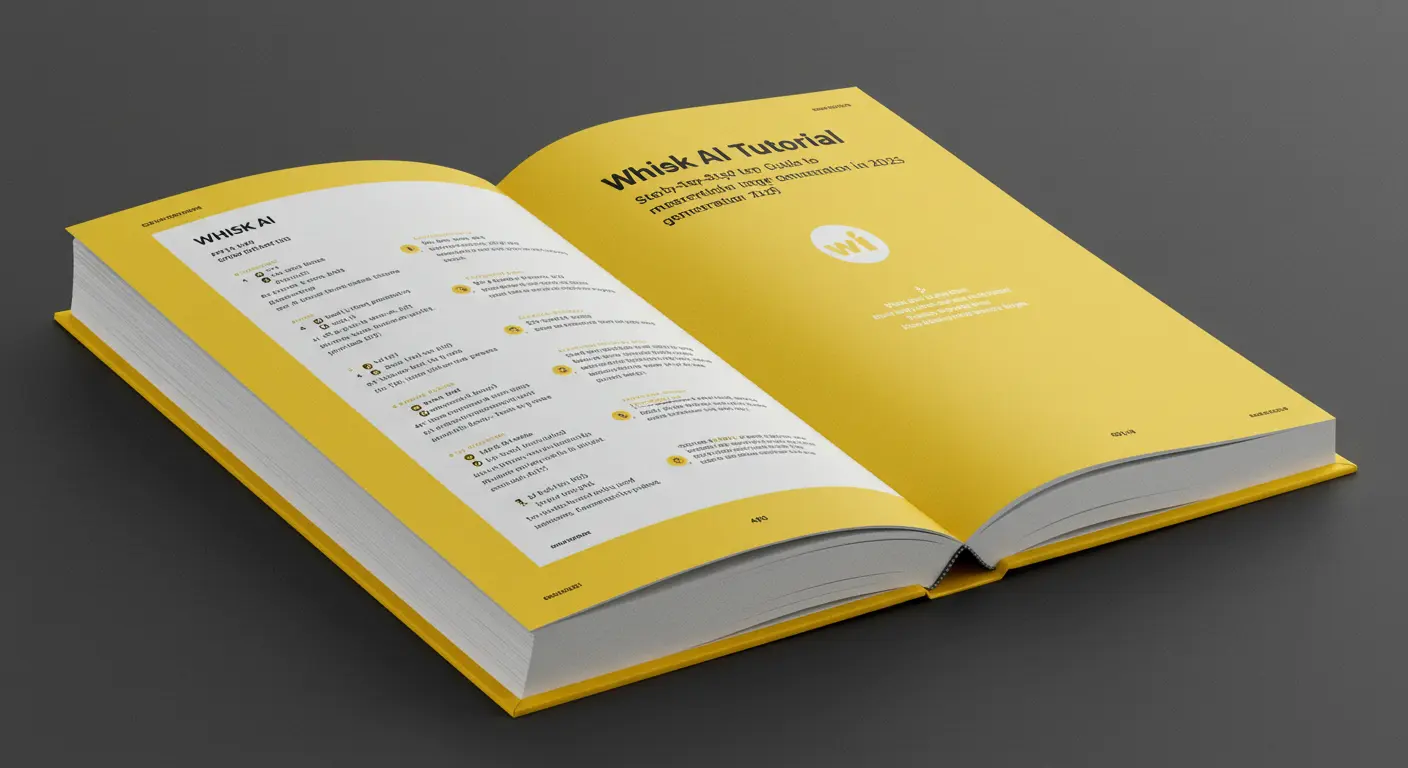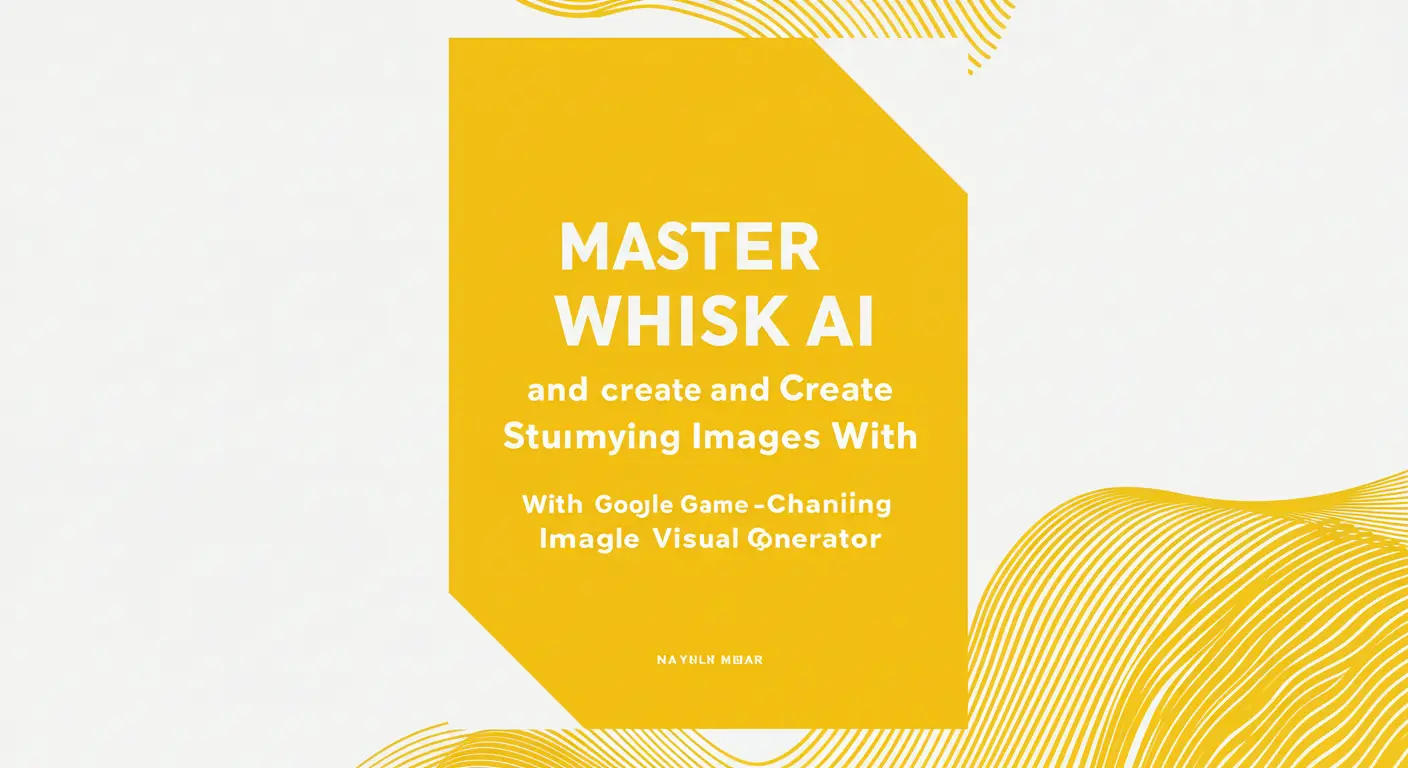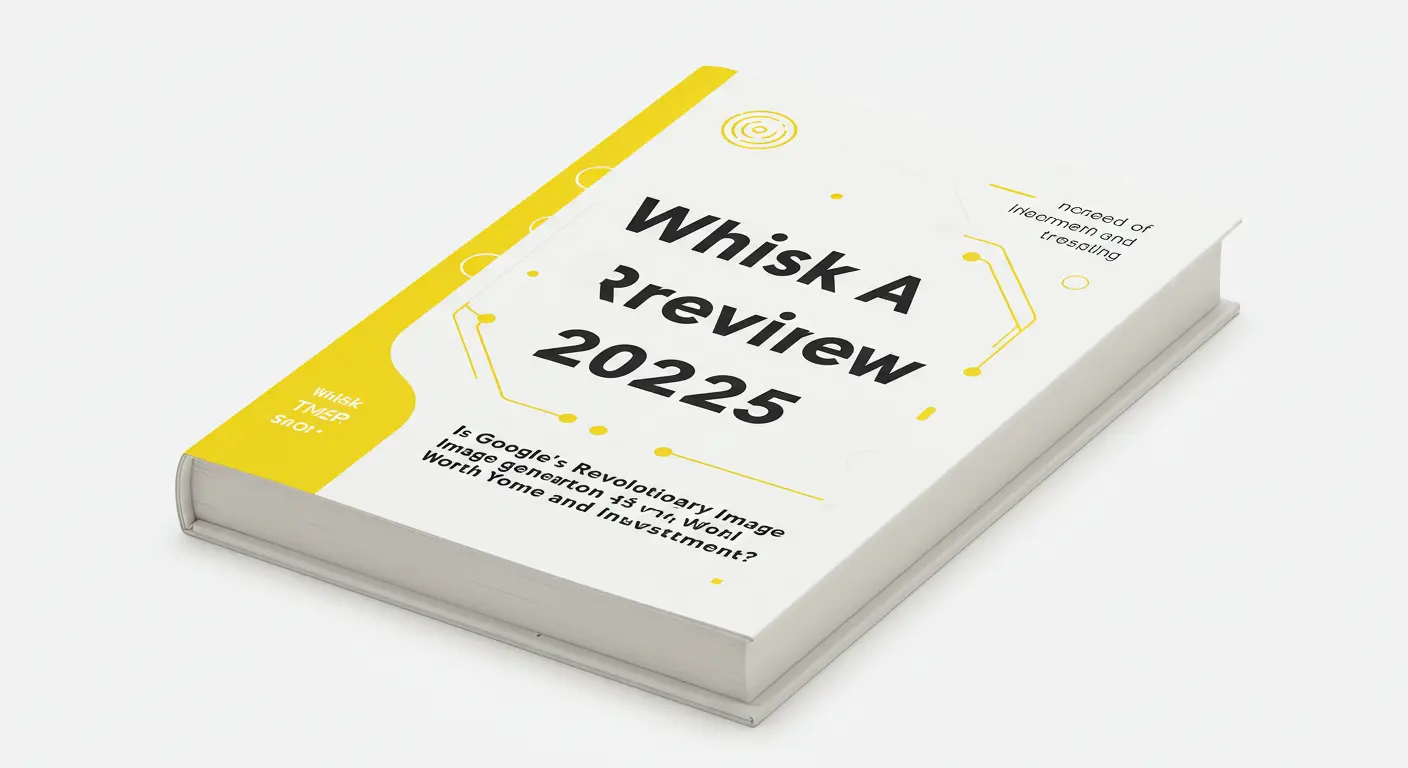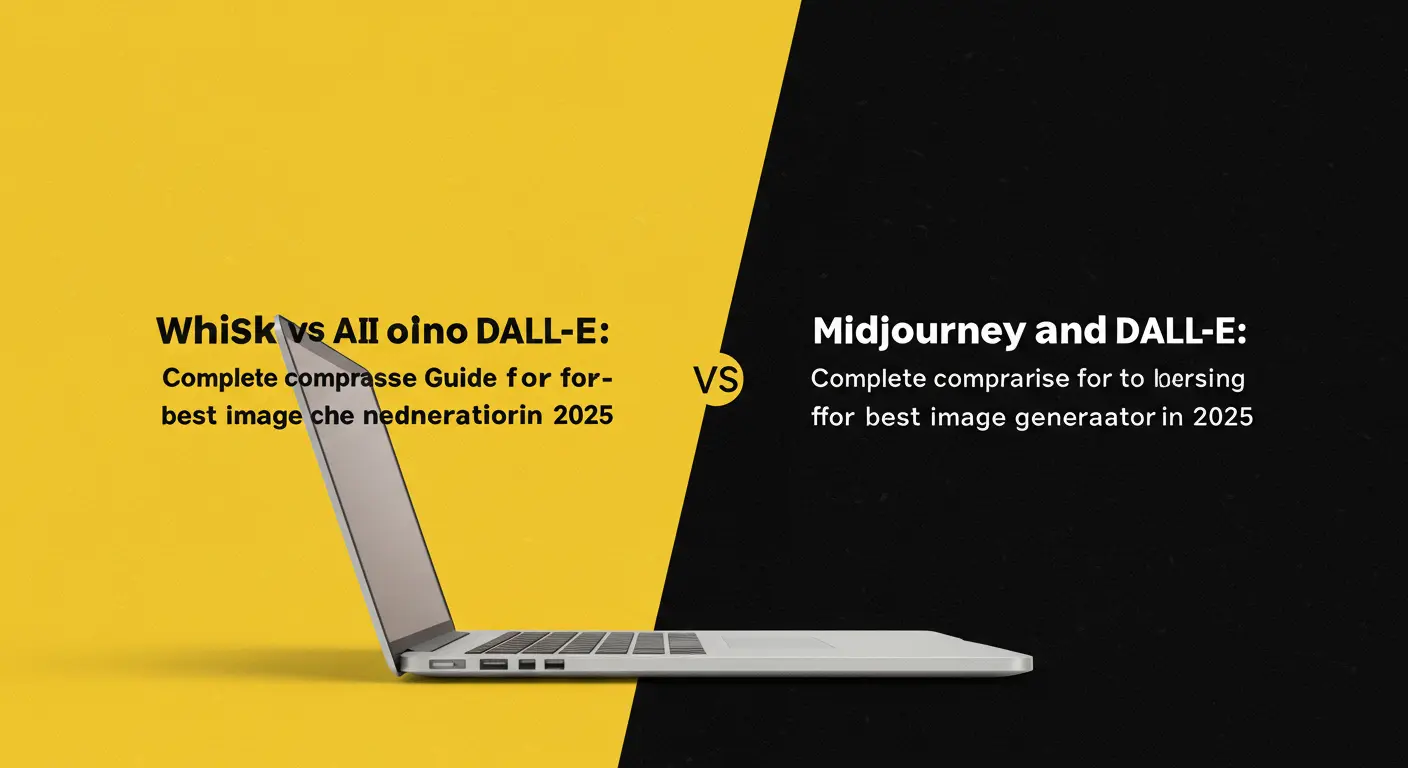Whisk AI Tutorial: Step-by-Step Guide to Mastering Google's Image Generator in 2025
Google's Whisk AI has transformed the landscape of artificial intelligence image generation by introducing an intuitive, image-based approach that eliminates the complexity of text prompt engineering. This comprehensive tutorial guides you through every aspect of mastering Whisk AI, from basic setup to advanced techniques used by creative professionals.
Setting Up Your Whisk AI Workspace and Account
Beginning your Whisk AI journey requires proper setup and understanding of the platform's interface to maximize your creative potential.
Start by navigating to Google Labs and locating Whisk AI among the available experimental tools. You'll need a Google account to access the service, though the process is straightforward for existing Gmail or Google Workspace users. Once signed in, familiarize yourself with the clean, minimalist interface that showcases three distinct upload zones labeled Subject, Scene, and Style.
The workspace features a history section where you can review previous generations, bookmark successful combinations, and access download options for completed images. Take time to explore the settings menu, which includes quality preferences, aspect ratio options, and generation parameters that influence the final output. Consider organizing a folder on your device with potential reference images, categorized by subjects, scenes, and styles, to facilitate quick access during creative sessions.
Understanding the Three-Input System: Subject, Scene, and Style
Mastering Whisk AI's core functionality requires a deep understanding of how the three-input system works and how each component influences the final generated image.
Subject Input: Defines the primary focus or main character of your composition, whether it's a person, animal, object, vehicle, or any central element. Choose subject images with clear details, good lighting, and minimal background distractions to ensure accurate identification and extraction.
Scene Input: Establishes the environment, setting, or background context where your subject will be placed, ranging from natural landscapes and urban environments to fantastical or abstract spaces. Effective scene images should have interesting visual elements and appropriate lighting conditions without overwhelming the subject.
Style Input: Determines the artistic approach, visual aesthetic, color palette, and overall mood of the generated image. This component has significant influence over the final appearance, drawing from reference images that showcase specific artistic techniques, photography styles, or visual treatments.
Understanding how these three inputs interact and complement each other is crucial for generating cohesive, professional-quality images that align with your creative vision.
Selecting High-Quality Reference Images for Optimal Results
The quality of your input images directly impacts the success of your Whisk AI generations, making careful selection and preparation essential skills for achieving professional results.
When choosing subject images, prioritize high-resolution photos with sharp focus, even lighting, and clear subject-background separation. Avoid images with complex backgrounds, multiple competing elements, or heavy post-processing effects. For human subjects, images with neutral poses and clear facial features work better than action shots. Product photography with clean, professional lighting serves as excellent subject material.
Scene selection requires balancing visual interest with clarity. Natural settings like beaches, forests, or mountains often work well, as do clean urban environments or carefully composed interior spaces. Avoid scenes with too many small details, conflicting lighting sources, or elements that might compete with your subject for attention.
Style references should showcase clear, distinctive aesthetic approaches. Art movements like impressionism or art deco work well, as do specific photography styles, color grading approaches, or artistic techniques. Ensure style images have consistent visual characteristics throughout rather than mixed or conflicting aesthetic elements.
Step-by-Step Generation Process and Best Practices
The actual generation process in Whisk AI involves several critical steps that, when executed properly, consistently produce high-quality results aligned with your creative vision.
Begin by uploading your carefully selected subject image to the designated area, taking note of how Whisk AI interprets and describes the uploaded content. This feedback helps confirm that the AI correctly understands your intended subject. Next, upload your scene image and review the interpretation to ensure it captures the environmental context you want to establish. Finally, add your style reference and observe how the AI characterizes the aesthetic approach.
Before initiating generation, review all three inputs as a cohesive group, considering how the elements will work together in the final composition. Strong combinations typically share complementary color palettes, compatible lighting conditions, and harmonious visual themes.
Once satisfied with your inputs, start the generation process and wait for the AI to process and combine your visual references, typically taking 30-90 seconds depending on server load and image complexity. When the initial result appears, evaluate it critically against your original vision, noting successful elements and areas for improvement. Document successful input combinations for future reference, and don't hesitate to iterate with different combinations if the first attempt doesn't meet your expectations.






